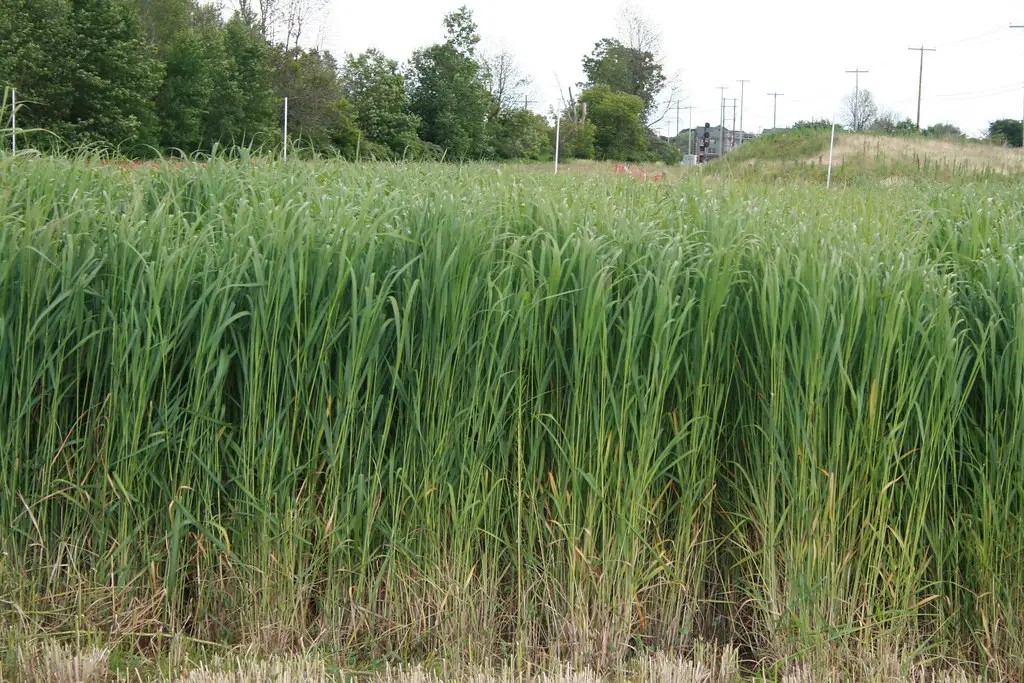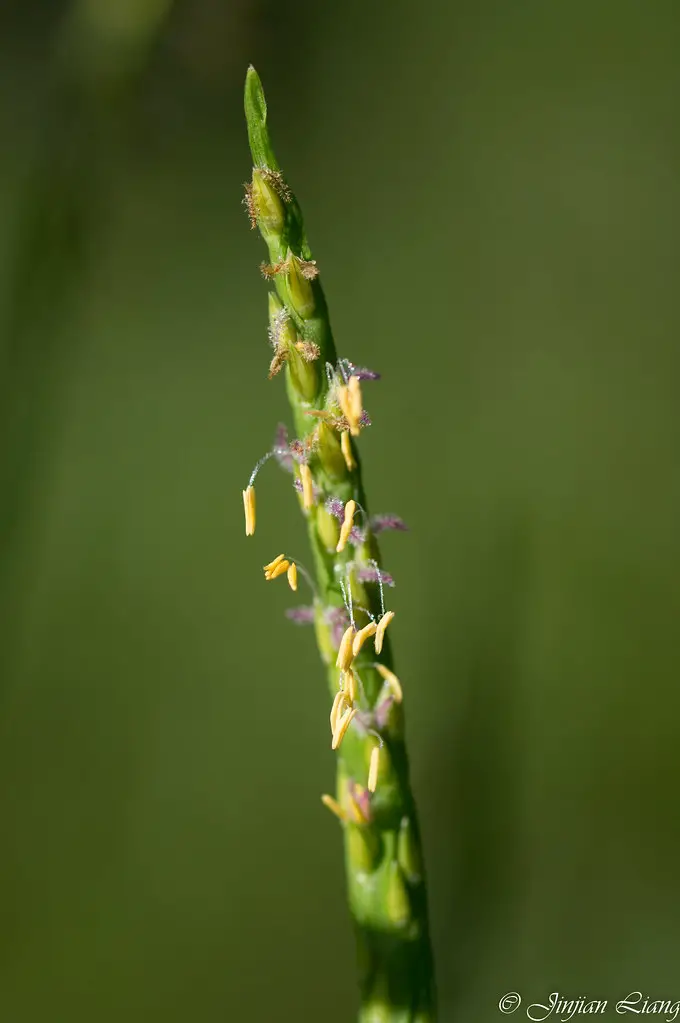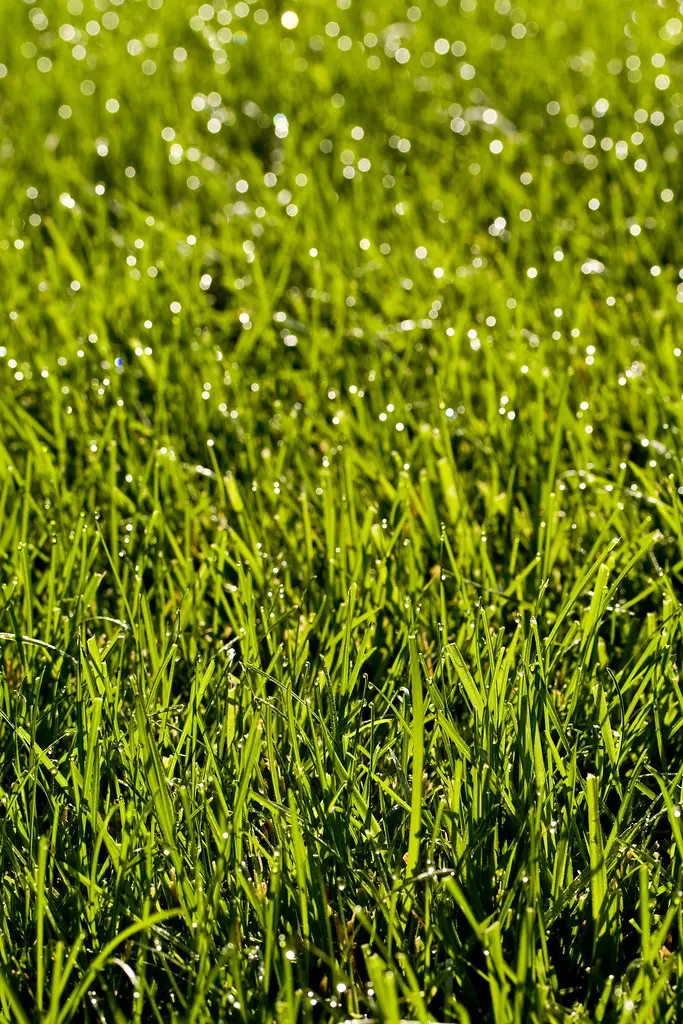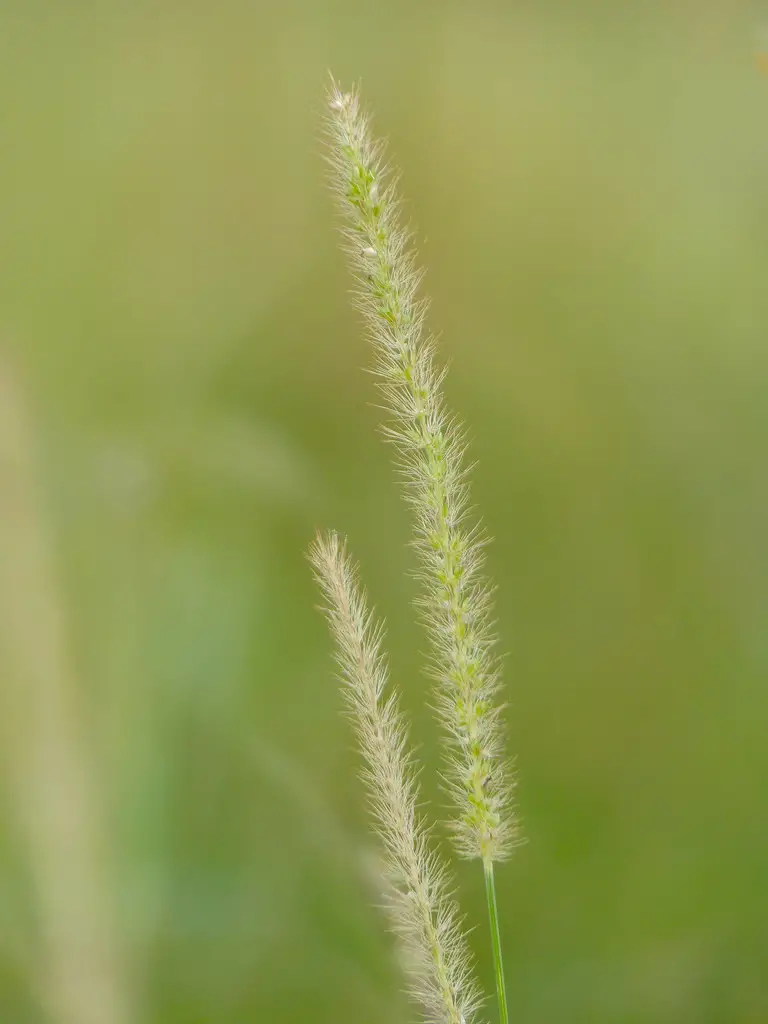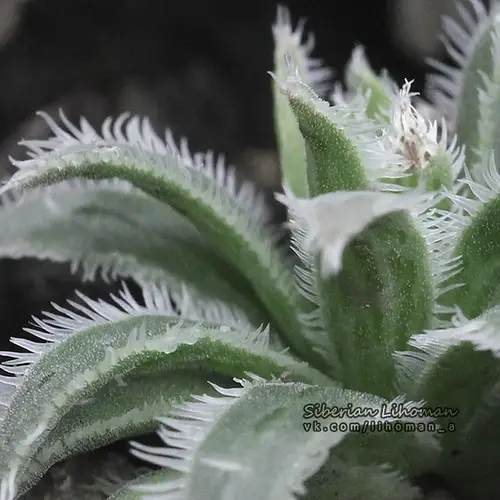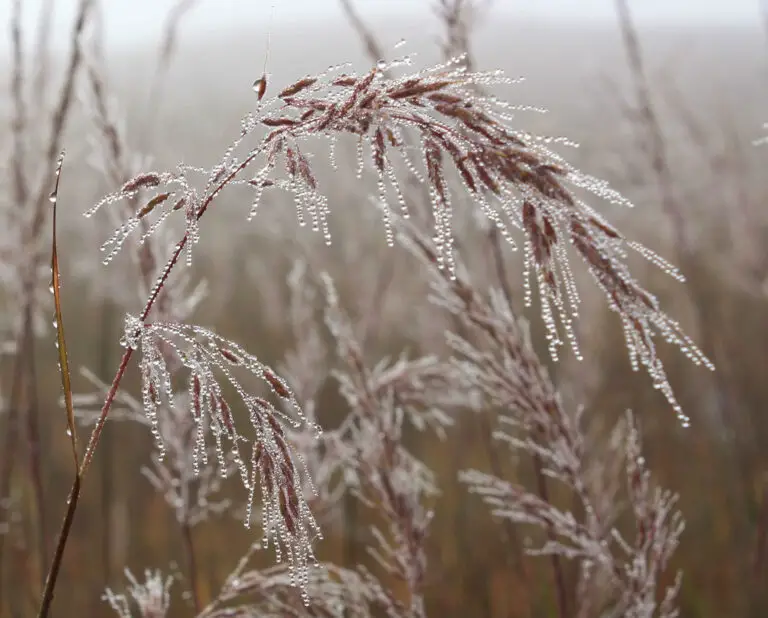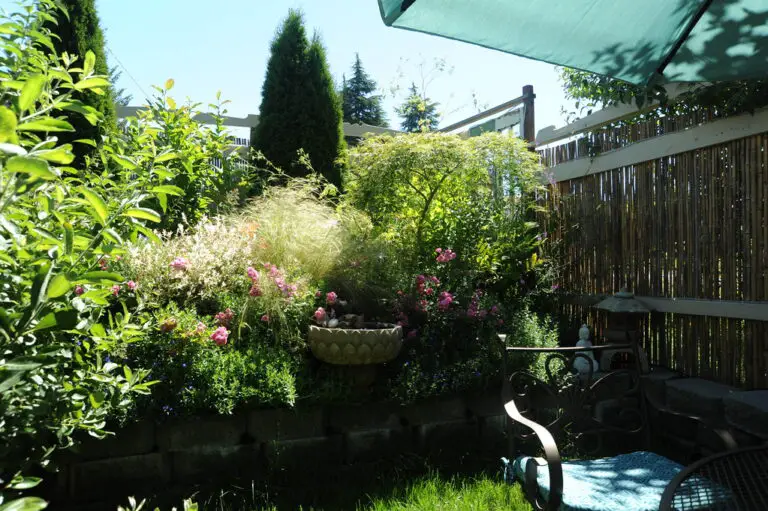Switchgrass: Harnessing the Warmth of Nature in Garden Enthusiasts’ Haven
In the bustling world of garden design, where trends often veer towards the exotic and the flamboyant, it’s refreshing to discover a plant that encapsulates the beauty of the natural landscape in ways that are as understated as they are enduring. Enter switchgrass, a native North American perennial grass that’s as at home on the prairie as it is in the heart of a meticulously planned garden. With its warm, golden hues, varied heights, and hardy nature, switchgrass is captivating the hearts of garden enthusiasts looking to weave a touch of the wild into their garden sanctuaries.
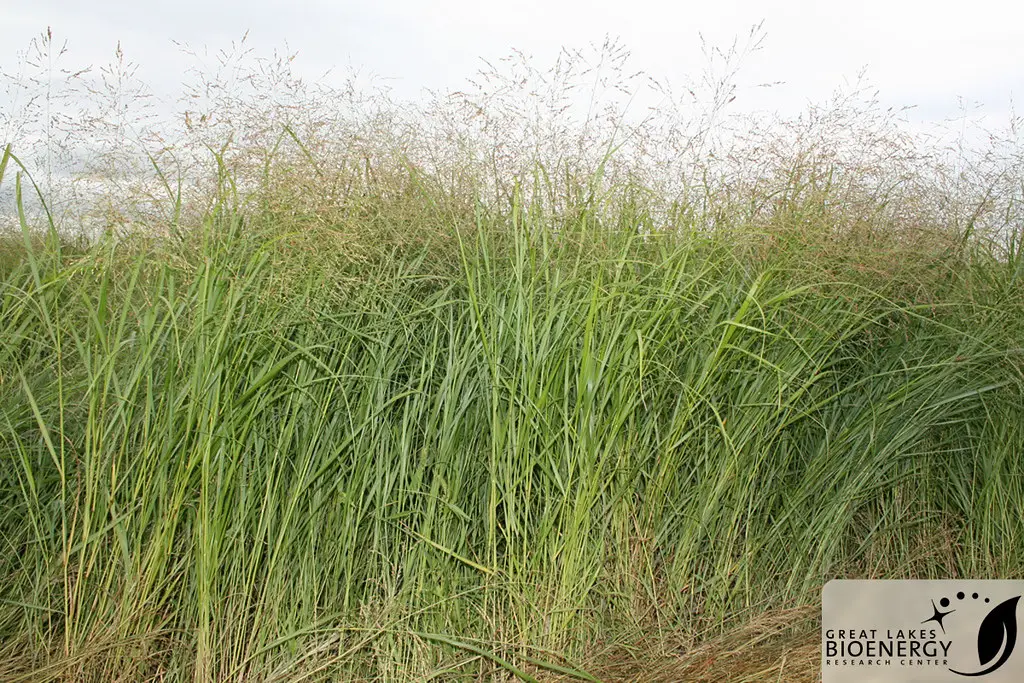
Benefits of Switchgrass in Garden Landscaping
Switchgrass is more than just a pretty face. It offers a plethora of advantages to gardeners that extend beyond its visual appeal. Drought tolerance, low maintenance, and the ability to attract wildlife are just some of the perks of incorporating this versatile grass in your garden.
Drought Tolerance: In an age where conservation of water is paramount, switchgrass stands out for its exceptional ability to survive and even thrive in dry conditions. Its deep, fibrous root system allows it to access moisture that many shallow-rooted plants cannot, making it a beacon of sustainability in garden landscapes.
Low Maintenance: Gardening is a labor of love, but wouldn’t you cherish a low-maintenance addition to your floral haven? Switchgrass requires little care once established. It’s not particularly fussy about soil quality, and it has minimal pest or disease issues, giving gardeners more time to enjoy their handiwork.
Wildlife Attraction: The ecosystem services provided by switchgrass are nothing short of impressive. From being a valuable food source for birds and a habitat for small mammals to aiding in the control of soil erosion, this grass is a silent champion for the environment.
Varieties of Switchgrass for Different Garden Styles
One of the many charms of switchgrass is the variety of options it presents to gardeners. Whether you’re aiming for a structured, formal garden look or a more natural, meadow-like setting, there’s a switchgrass variety just waiting for you.
Tall vs. Dwarf Varieties: If you’re envisioning a bold, dramatic effect, tall varieties like ‘Northwind’ or ‘Shenandoah’ can serve as striking vertical elements. On the other hand, dwarf cultivars such as ‘Cheyenne Sky’ offer a more restrained profile, perfect for smaller garden spaces or to add a textured backdrop to your existing plantings.
Ornamental Features: Beyond its archetypal role as a filler or backdrop, many switchgrass cultivars offer additional aesthetic value with distinct features. Some are prized for their changing color palettes throughout the seasons, ranging from green and blue to red and burgundy, while others boast attractive seed heads that persist through winter.
Planting and Care Tips for Switchgrass
Success with switchgrass in your garden starts with proper planting and care. Here are some essential guidelines to ensure your switchgrass thrives.
Soil and Sunlight Requirements: Switchgrass prefers full sun but can tolerate light shade. When it comes to soil, well-draining is key. Whether you have sandy or clay soil, adding organic matter during planting can improve water retention without compromising drainage.
Watering and Fertilization Guidelines: During the first growing season, regular watering will help the plant establish its roots. Thereafter, switchgrass can largely fend for itself. Fertilization is generally unnecessary, but a light application of a balanced fertilizer in the spring can encourage healthy growth.
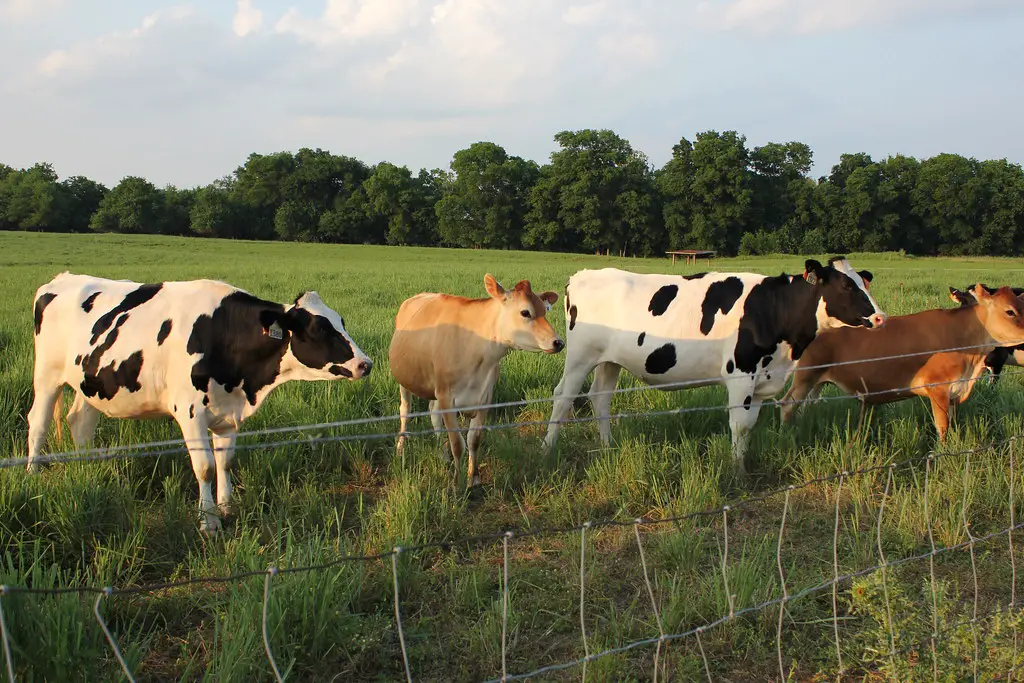
Design Ideas Incorporating Switchgrass
The addition of switchgrass to your garden design can bring a touch of elegance, drama, or tranquility, depending on how it’s used. This section will explore various design ideas that capitalize on switchgrass’s versatility.
Border Plantings: In borders, switchgrass can provide structure and form, guiding the eye along pathways or defining the edge of your garden. Tall varieties can be used to create privacy screens or windbreaks, while shorter ones can edge perennial beds with a graceful backdrop.
Mixed Perennial Beds: Pair switchgrass with a multitude of flowering perennials to create aesthetically pleasing and ecologically sound combinations. Its neutral color palette allows for versatility in matching with an array of bloom colors and textures.
Containers and Pots: For those with limited garden space, don’t count yourself out. Switchgrass can be potted in containers to add a vertical element to your patio or balcony garden. It’s an especially good choice for rooftop gardens or urban spaces where hardy, low-maintenance plants are a must.
Maintenance and Seasonal Considerations
Even a low-maintenance plant like switchgrass will benefit from a gardener’s touch. Here’s a seasonal guide to ensure your switchgrass remains a standout feature in your garden all year round.
Pruning: In late winter or early spring, switchgrass can be pruned down to a few inches above the ground to make way for new growth. This not only rejuvenates the plant but also tidies up the landscape after the winter.
Winter Care: While switchgrass provides food and cover for wildlife, some gardeners prefer a cleaner look for their winter landscape. In this case, you can cut back the dried foliage in late fall or after the first frost.
Propagation Tips: Switchgrass can be propagated by division, with the best time being early spring before new growth starts. Each division should contain both roots and shoots to ensure success.
Conclusion
In a garden world that’s often geared toward the exotic and unusual, switchgrass stands out as a celebration of the native and the natural. Its warmth and versatility make it a treasure for gardeners seeking to cultivate not just plants, but a connection to the land. With the potential to draw in wildlife, endure harsh conditions, and maintain its beauty with minimal fuss, switchgrass is the unsung hero of garden landscapes waiting to be integrated into your very own nature haven.

